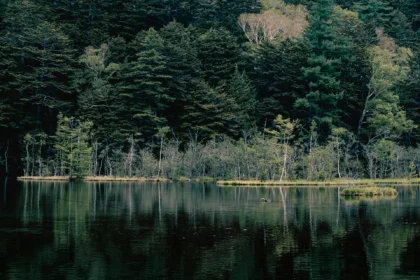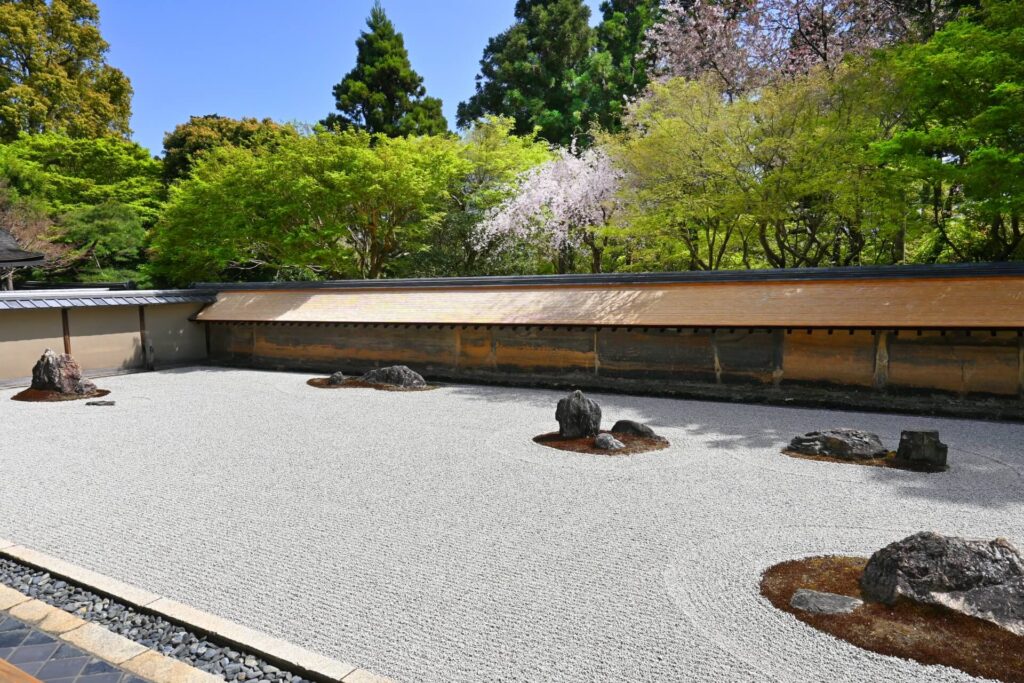
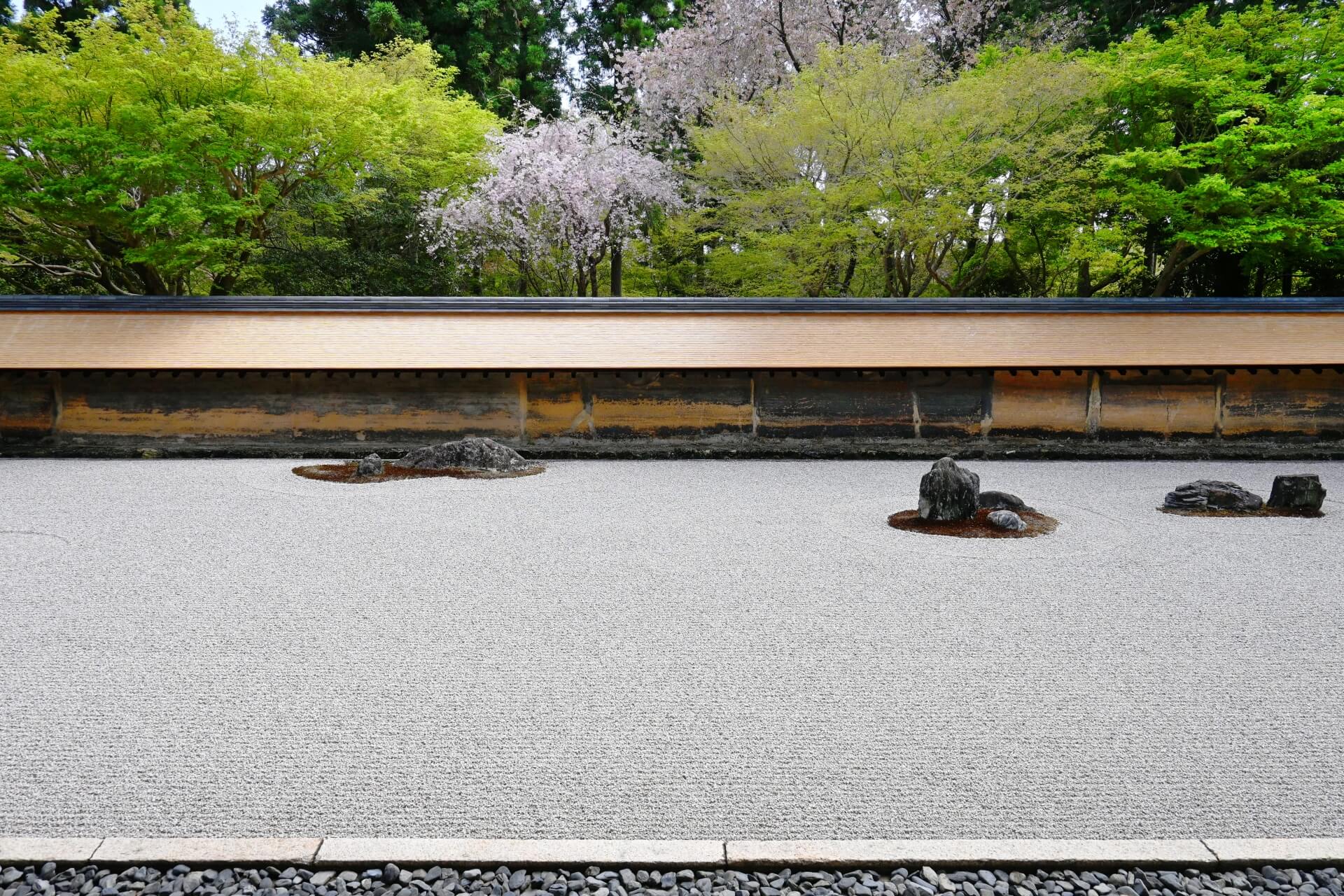
สวนแห่งนี้มีความยาว 25 เมตร และกว้าง 10 เมตร มีพื้นที่ทั้งหมด 248 ตารางเมตร ประกอบด้วยหินทั้งหมด 15 ก้อน เรียงเป็น 5 กลุ่ม มีมอสปกคลุมรอบฐาน และล้อมรอบด้วยกรวดสีขาว มีกำแพงดินเตี้ยๆ ล้อมรอบพื้นที่ทั้งหมด หินถูกจัดวางในลักษณะที่ทำให้มองไม่เห็นไม่ว่าจะมองสวนจากมุมไหนก็ตาม
ทัวร์ 1 วันเดินเที่ยว: ทัศนียภาพของเกียวโตตะวันตก- อาราชิยามะ ไปยังคินคาคุจิ
- สถานที่:
- จุดรับ:
- จุดรับส่ง:
สัมผัสประสบการณ์วัดเรียวอันจิกับไกด์ของเรา ในทัวร์นี้ คุณจะได้เดินเล่นในสวนญี่ปุ่นแท้ๆ เยี่ยมชมวัดโบราณ และสำรวจป่าไผ่อันเลื่องชื่อ ดื่มด่ำกับวัฒนธรรมดั้งเดิมและสัมผัสประสบการณ์ศิลปะแบบลงมือทำ ร่วมเดินทางกับเราเพื่อสัมผัสความงามเหนือกาลเวลาของเกียวโต!
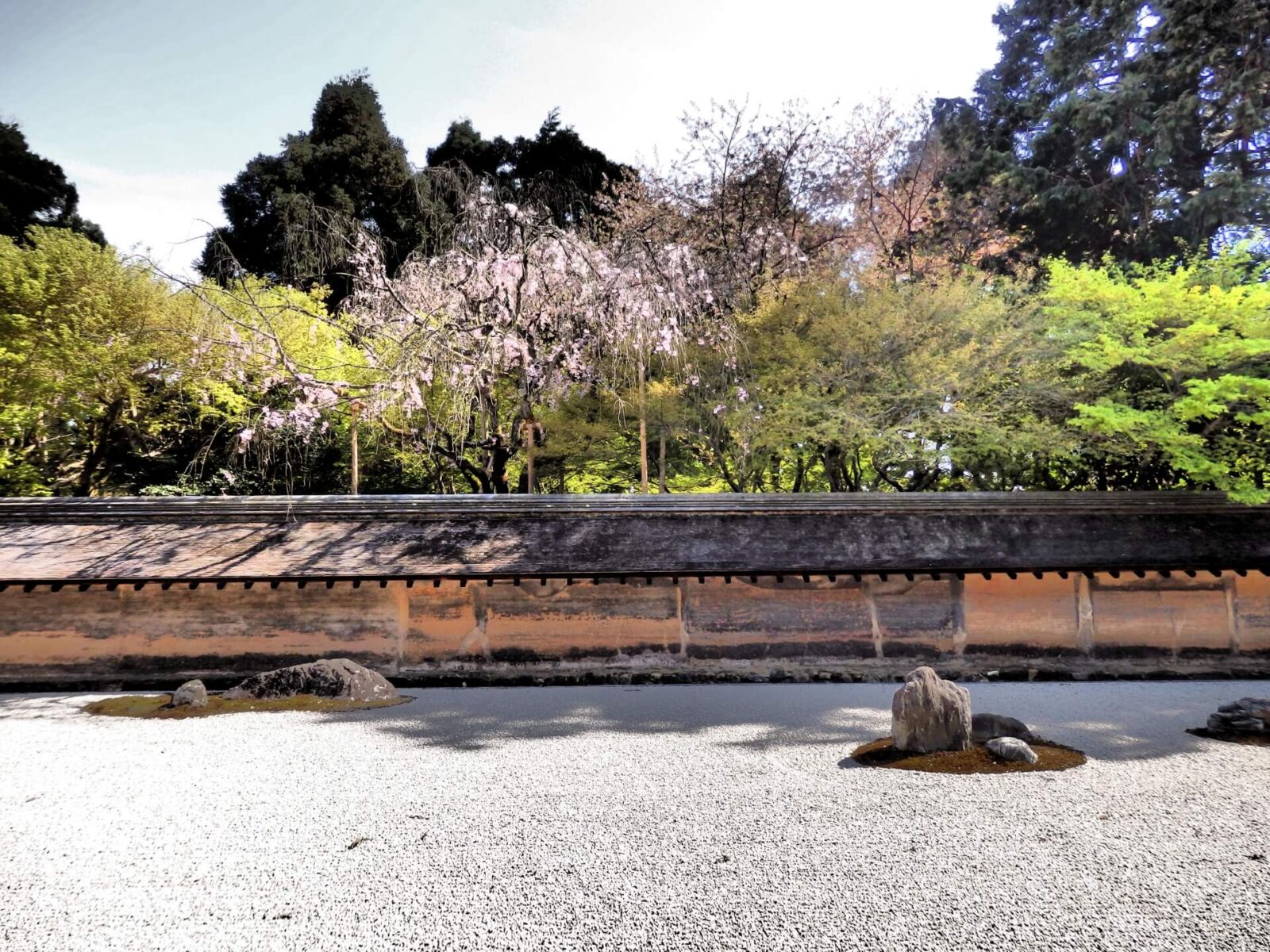
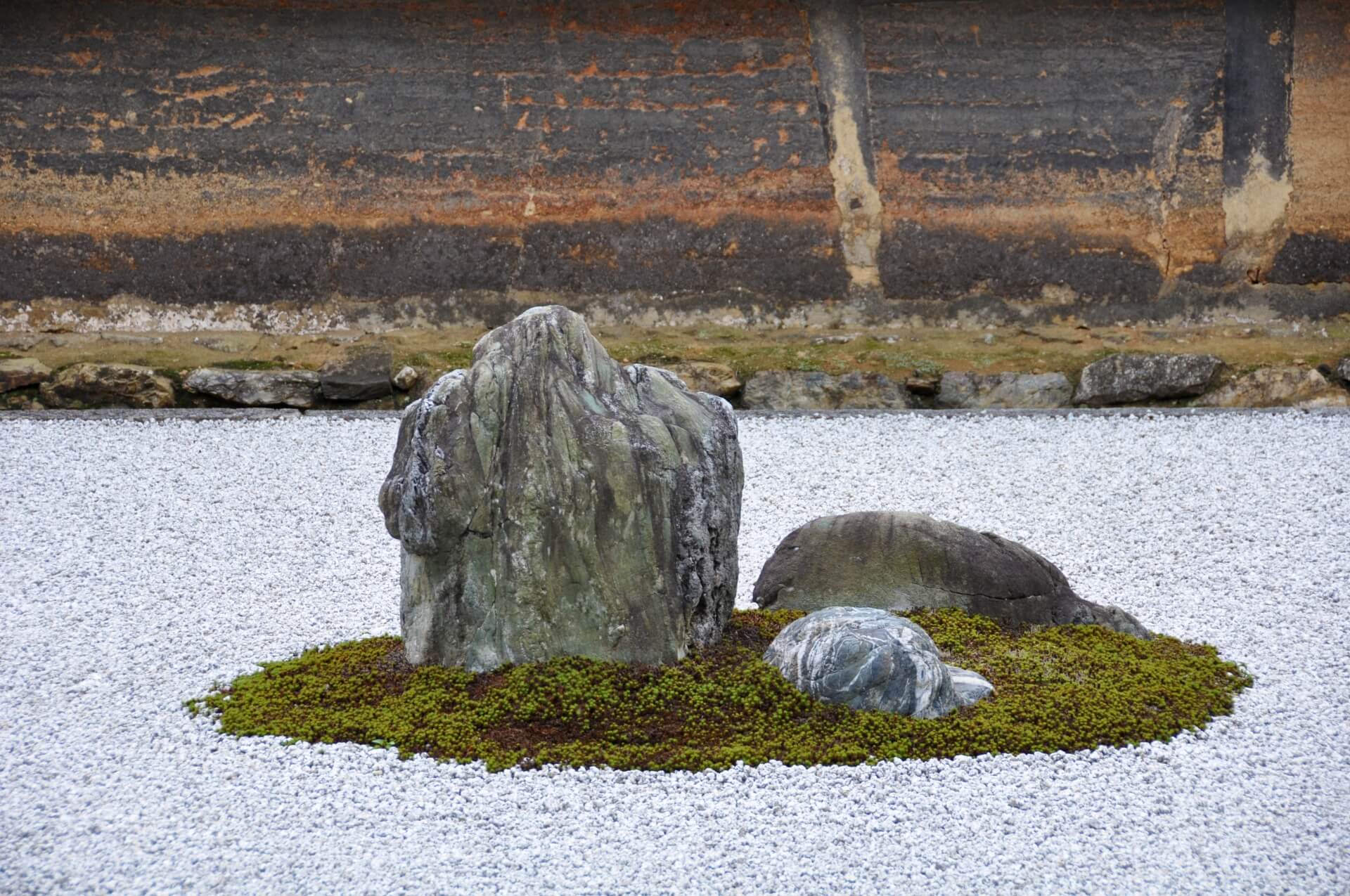
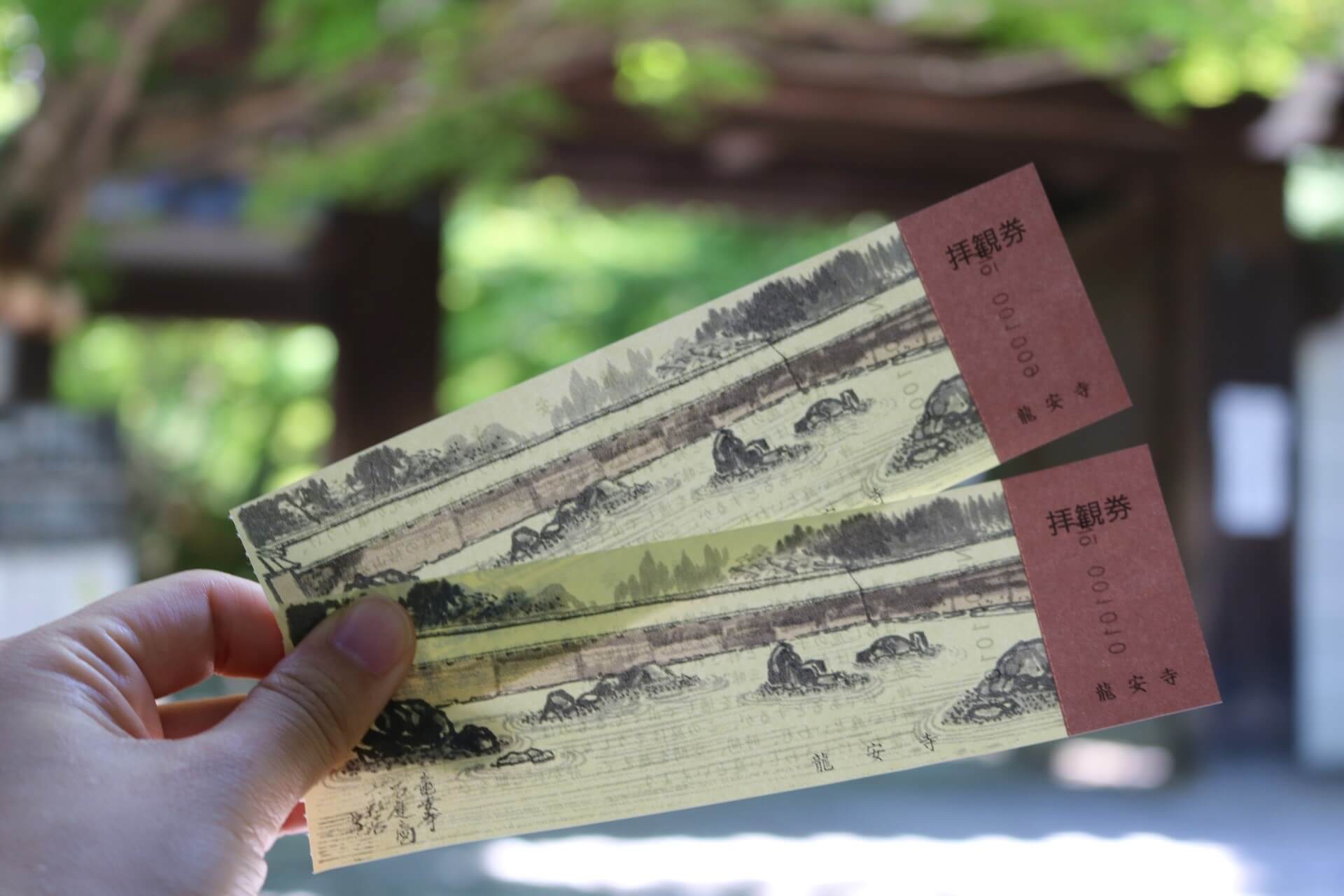
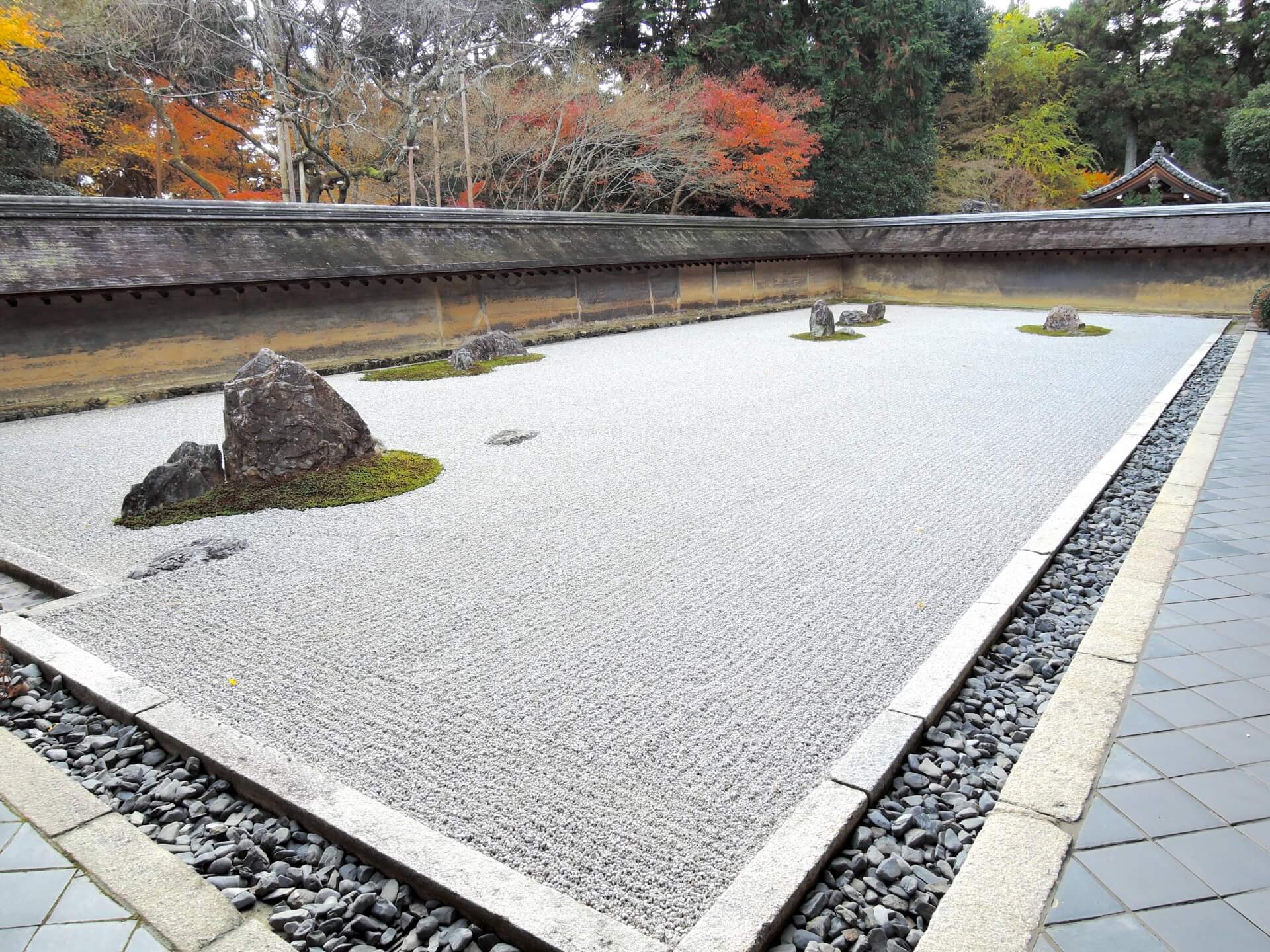
ที่น่าสนใจคือ ที่มาและความหมายของสวนแห่งนี้ยังคงเป็นที่ถกเถียงกันอยู่ บางคนเชื่อว่าการออกแบบสวนแห่งนี้เป็นรูปเสือที่กำลังอุ้มลูกข้ามแม่น้ำ ในขณะที่บางคนก็แย้งว่าสวนแห่งนี้เป็นภาพหมู่เกาะในมหาสมุทรอันกว้างใหญ่ หรือการจัดวางก้อนหินเลียนแบบตัวอักษรที่เขียนว่า "หัวใจ" ผู้เยี่ยมชมสามารถชมสวนแห่งนี้ได้จาก "โฮโจ" (บ้านพักของอดีตหัวหน้าบาทหลวง) ส่วนสวนอื่นๆ ก็สามารถมองเห็นได้จากด้านหลังของอาคาร รวมทั้งสวนสาธารณะและสระน้ำที่กว้างขวางซึ่งสามารถเข้าถึงได้โดยเส้นทางเดินป่า














